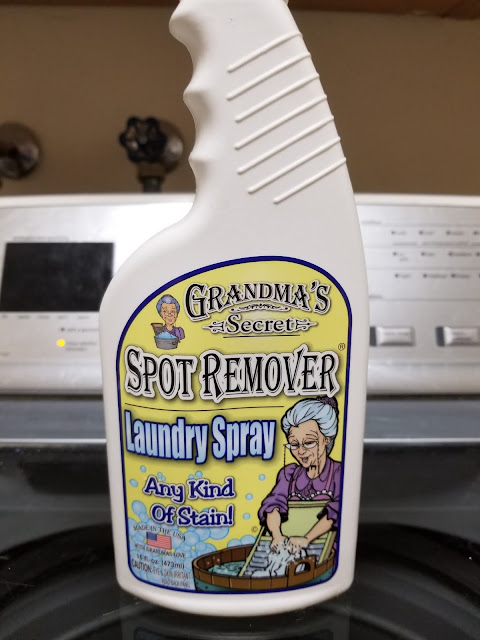I've had my eye out for an Edwardian parasol for some time now. I purchased one last year with a tattered silk cover to use for 18th century. I need to cover that one with silk and adjust the curve of the spines to get the right shape. I wanted an Edwardian one to use with my Titanic era outfits. I was pleasantly surprised to find 2 on Ebay a week ago. Both were close to perfect. One was either linen or cotton with rows of hem stitching and some Broderie Anglaise. It had a few small holes that looked like they could be patched. The other had a lot of Broderie Anglaise and had no fiber listed. I assumed it to be cotton or linen. It had no holes but was a bit discolored. Both had similar burled wood handles and were walking stick type parasols. I decided to get the latter one. I was pleasantly surprised when it arrived. Everything was intact.
All the tips were on the spine and the little ruched puffs were there on the inside. You can see the staining that runs the lengths of the folds.
The ruched puff at the tip was quite nice though it was dirty. Some of the Broderie Anglaise was also stained.
The little strap that secures it closed was perfect. There's a little ring that's covered with thread and a mother of pearl button.
I carefully inspected every inch of the parasol. The cover is linen with a nice sheen on it. There are no holes from use or from age. In fact the parasol appears to have not really been used. Any staining is clearly from storage. This made my job easy. Had I seen weakness in the fabric I would need to proceed differently.
I decided to give it a good soak. I ran tepid water in the bath tub and added several scoops of Clorox 2 all fabric bleach--which is one of my favorite things to use for cotton/linen textiles. I laid the parasol in the tub as seen below and let it soak for about 30 minutes. Every 30 minutes I very carefully rotated the parasol in the tub to soak a new section. It's important to keep in mind that fabric is weakest when it is wet. Thus when rotating the parasol, I used one hand on the top to support the weight. If you are worried about the strength of the fabric, it's best to soak in something larger with a sheet, large towel or screen underneath so you can lift the parasol using that for support. A child's wading pool would be good for this.
After soaking, I decided not to rinse at this time and carefully carried the open parasol to my back deck to dry in the sun. The sun can be helpful in stain removal. It was commonly used in conjunction with household materials like lemon juice and salt to remove stains from white textiles in the past. It was a little awkward carrying an open parasol through doors but it's extremely important not to close the parasol when it is wet. The fabric can shrink and be strained further upon reopening.
While the staining was lighter, I still wasn't satisfied and resorted to using my favorite stain removal product:
I cannot express how much I love this particular spot remover. I've used it to get out stains that have been in fabrics for years. Normally you spray it, work it in and let it sit about 10 minutes prior to laundering. I sprayed the entire cover of the parasol with Grandma's Secret Spot remover and set it outside in the sun for a while.
After a couple of hours, I brought the parasol in, put some gentle laundry detergent in the tub and got to work. First I wet the entire top. Then I carefully supported the fabric underneath with one hand while using a nail brush on top to brush any of the stained areas. This had to be done with extreme care.
I paid particular attention to the border stitching which was discolored.
I also brushed the trim at the top which was quite grimy and I scrubbed the little button loop strap.
I drained the tub and ran clear water in it twice, swishing the parasol and rotating it to make sure each section was rinsed. I also used a container to pour water over the very top. Then she went outside one more time to dry in the sun for a few hours. Having an umbrella hole in my deck table was really a plus as I didn't have to worry about the wind taking her away!
Once dry, I folded her up and decided to add some wax to the wood. The top of the parasol had been in water and I made sure that was completely dry.
Voila! She is good as new!
There are some good "recipes" for old fashioned cleaning formulas here. For non washable textiles, you will need to find appropriate spot removal formulas specifically for that fiber.



















Hi there. No idea if this is going to reach the author of this post but I had a question. My Parasol is almost identical to this one but I have issues with rusting. Any chance we can exchange on the subject? a.v.beaulieu@gmail.com. Thanks!
ReplyDeleteSorry I'm just seeing this. I'm not sure what to do about rust. I would first investigate rust removers and try to work with those very carefully.
Delete